Home>Ideas and Tips>How To Grow Your Own Lavender For Relaxation
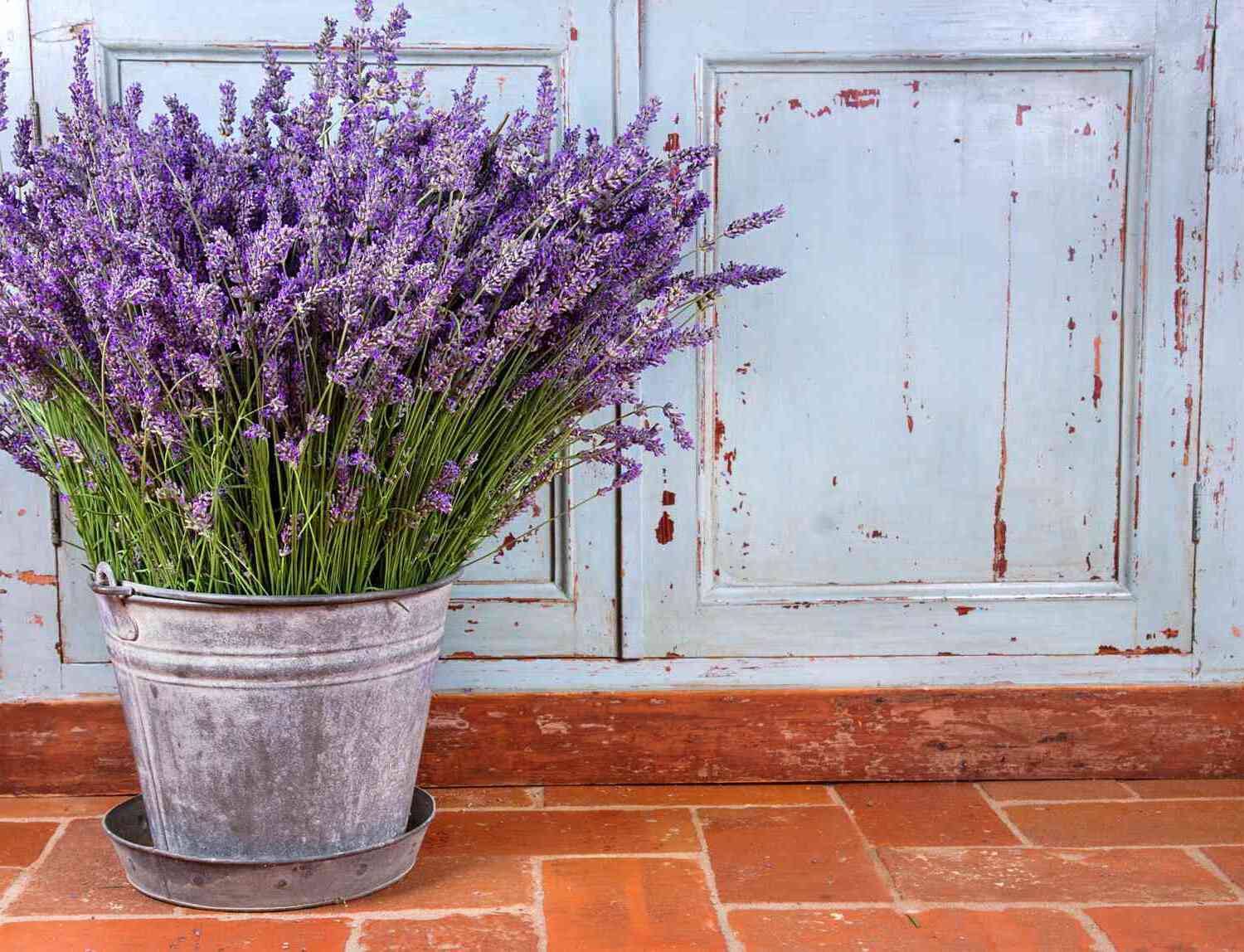

Ideas and Tips
How To Grow Your Own Lavender For Relaxation
Published: November 4, 2024
Learn how to grow your own lavender for relaxation with our comprehensive guide. Discover tips on planting, care, and using lavender for wellness.
(Many of the links in this article redirect to a specific reviewed product. Your purchase of these products through affiliate links helps to generate commission for Storables.com, at no extra cost. Learn more)
Lavender, with its soothing scent and vibrant purple flowers, has been a staple in gardens and homes for centuries. Not only does it add a touch of elegance to any landscape, but it also offers numerous benefits for mental and physical well-being. Growing your own lavender is easier than you might think, and it can be a rewarding experience. Let's dive into the world of growing lavender and explore the essential tips and techniques to cultivate this beautiful herb.
Choosing the Right Lavender
Before you begin, it's crucial to select the right type of lavender for your needs. There are several varieties, each with its unique characteristics and growing conditions. Here are some of the most popular types:
- English Lavender (Lavandula angustifolia): This is one of the hardiest and longest-lived varieties, ideal for colder climates. It has mid-purple flowers and is often used in teas and culinary dishes due to its fragrance.
- French Lavender (Lavandula stoechas): This variety is known for its silvery-grey leaves and is often used in potpourri and other decorative arrangements. It prefers well-draining soil and can be grown in pots.
- Lavandin Hybrids: These hybrids, such as 'Provence,' are prized for their perfume-like essential oils. They are excellent choices if you're interested in making your own soaps, sachets, and lotions.
Preparing the Soil
Lavender thrives in well-draining soil with a slightly alkaline pH between 6.7 and 7.3. If your native soil is too dense or acidic, you can improve drainage by adding builder's sand or horticultural grit to the planting hole before planting. For optimal results, mix in several inches of compost or other rich organic matter into your native soil to give young plants an excellent start to the growing season.
Planting Lavender
Planting lavender is a straightforward process, but it requires some care to ensure the plant establishes itself properly.
- Digging the Hole: Dig a hole that is twice as wide and just as deep as the root ball of your lavender plant. This will give the roots enough room to spread out and establish themselves.
- Placing the Plant: Place your new plant in the planting hole, making sure the top of the root ball is even with the soil line. Avoid burying the plant above its neck, where the roots meet the stem.
- Backfilling: Backfill around the plant with soil, firming it gently to prevent settling. Water well to welcome your new lavender to its garden home.
- Spacing: Plant no more than two lavender plants per square foot. They need some space to bush out and receive adequate sunlight and air circulation.
Growing Conditions
Lavender is a versatile plant that can thrive in various growing conditions, but it generally prefers full sun and well-draining soil.
- Sunlight: Lavender needs at least eight hours of direct sunlight per day to produce vibrant blooms. If you live in a hot climate, providing some afternoon shade can help prevent scorching.
- Soil Moisture: Lavender survives well in dry conditions but will not tolerate excessive soil moisture or humidity. Water only when the top 2 inches of soil are dry to the touch.
Care and Maintenance
Once your lavender is planted, it requires minimal care but regular maintenance to keep it healthy and thriving.
- Pruning: Prune your lavender regularly to promote branching and encourage continued blooming throughout the warm season. Cut back faded blooms to encourage new growth.
- Fertilizing: While lavender doesn't require frequent fertilization, it benefits from regular feeding with water-soluble plant food to promote vibrant blooms.
- Pest Control: Lavender has natural pest-repelling properties and rarely suffers from pests. However, it's essential to keep an eye out for powdery mildew and other fungal diseases, which can be prevented by ensuring good air circulation around the leaves.
Read more: How To Grow Lavender From Seed
Propagating Lavender
Propagating lavender is a simple process that can be done through cuttings or division.
- Cuttings: Select a healthy-looking branch that is at least 6 inches long and cut the stem at an angle. Remove the bottom third of the leaves on the cutting and dip the cut end in rooting hormone powder. Place the cutting in a small pot filled with moistened construction sand or a mixture of potting soil and sand. Keep it in bright indirect light until roots form.
- Division: Divide established clumps of lavender in the spring when new growth begins. This method is more suitable for larger plants and can be done by gently separating the roots with a fork.
Using Lavender in Cooking and Crafts
Lavender is not only a beautiful addition to your garden but also a versatile ingredient in cooking and crafts.
- Culinary Uses: Lavender flowers can be used in teas, desserts, salads, soups, and stews. They add a delicate floral essence that pairs well with many ingredients. Use them sparingly in recipes as their flavor can be overpowering.
- Crafts: Lavender flowers can be dried and used in potpourri, sachets, and other decorative arrangements. They retain their fragrance even after drying, making them an excellent natural room freshener.
Harvesting Lavender
Harvesting lavender is an essential part of maintaining its health and promoting continued blooming.
- Timing: Harvest stems once they're large enough for use. Avoid harvesting more than one-third of the plant at a time to prevent stress on the plant.
- Methods: You can harvest individual stems or entire spikes of flowers. For culinary uses, it's best to use fresh flowers as they have the most potent flavor and aroma.
Growing Lavender in Containers
Growing lavender in containers is an excellent option for those with limited space or poor soil conditions.
- Choosing Containers: Use terracotta pots with drainage holes to prevent waterlogging. Fill the pot with high-quality potting mix specifically designed for herbs like lavender.
- Planting: Plant your lavender at the same depth as it was in its pot. Add a sprinkling of bonemeal to the planting hole for extra nutrients.
- Care: Water at the base of the plant when it appears dry, and move it around your home to follow the sun. This will ensure that your lavender receives adequate sunlight and air circulation.
Read more: How To Grow Your Own Herb Garden Year-Round
Benefits of Lavender
Lavender has been used for centuries due to its numerous benefits for mental and physical well-being.
- Relaxation: The scent of lavender is known to calm the mind and body, reducing stress and anxiety. It's often used in aromatherapy and as a natural sleep aid.
- Medicinal Uses: Lavender essential oil can be used topically on the skin or through inhalation to soothe wounds, relieve asthma symptoms, and reduce pain.
- Natural Bug Repellent: Lavender oil makes an effective natural bug repellent when combined with other essential oils like lemon or citronella.
Conclusion
Growing your own lavender is a rewarding experience that offers numerous benefits for both your garden and your well-being. By choosing the right variety, preparing the soil correctly, and following proper care and maintenance techniques, you can enjoy this beautiful herb year-round. Whether you're looking to add a touch of elegance to your garden or harness its medicinal properties, lavender is an excellent choice that will bring joy and relaxation to your life.
Additional Tips
- Pet Safety: Lavender can be toxic to pets like dogs and cats. Keep it out of reach to avoid any potential harm.
- Variety Selection: Different varieties of lavender have unique characteristics. For example, English lavender is hardier than French lavender but may not have the same fragrance.
- Seasonal Care: Prune your lavender regularly to keep it compact and promote new growth. Cut back after flowering to encourage continued blooming throughout the season.
By following these tips and techniques, you'll be well on your way to growing your own lavender for relaxation and enjoyment. Happy gardening
Was this page helpful?
At Storables.com, we guarantee accurate and reliable information. Our content, validated by Expert Board Contributors, is crafted following stringent Editorial Policies. We're committed to providing you with well-researched, expert-backed insights for all your informational needs.
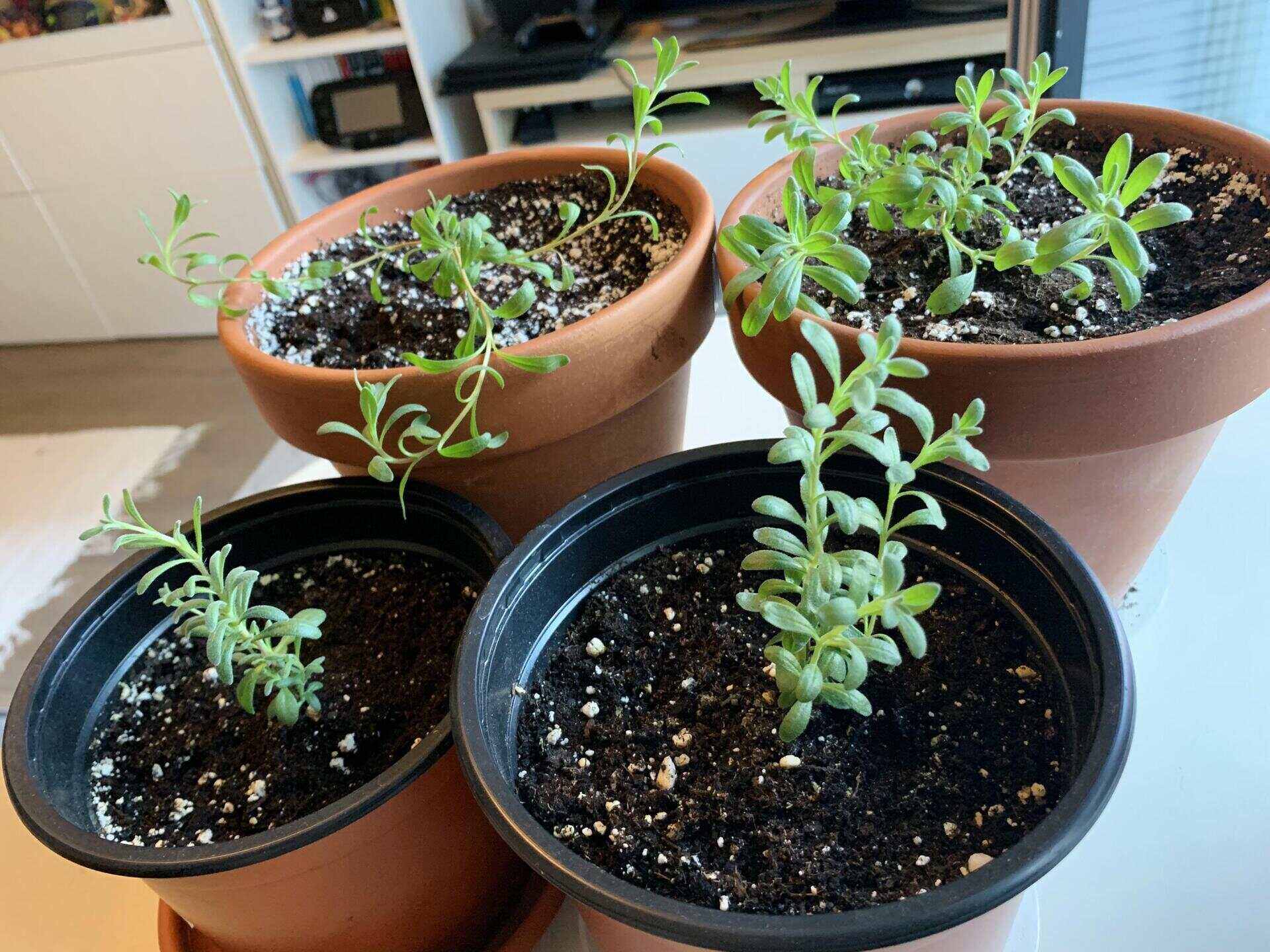

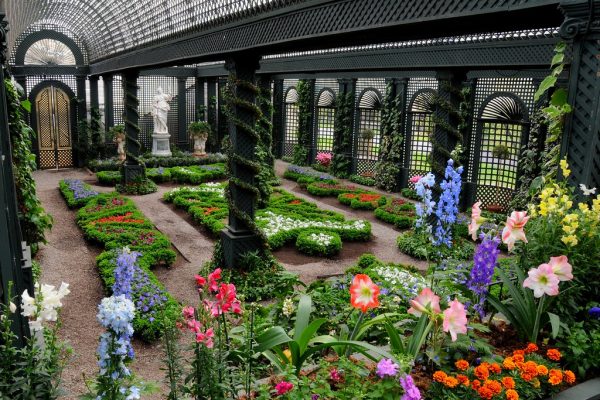
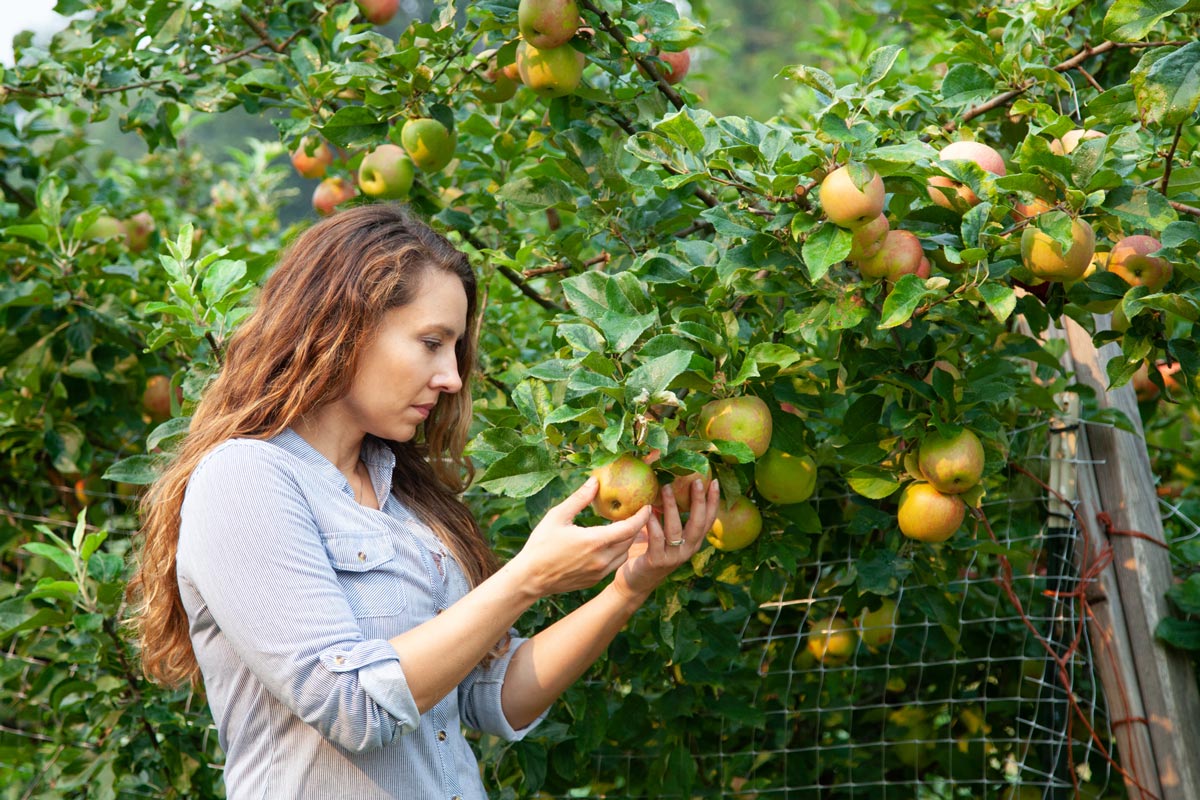
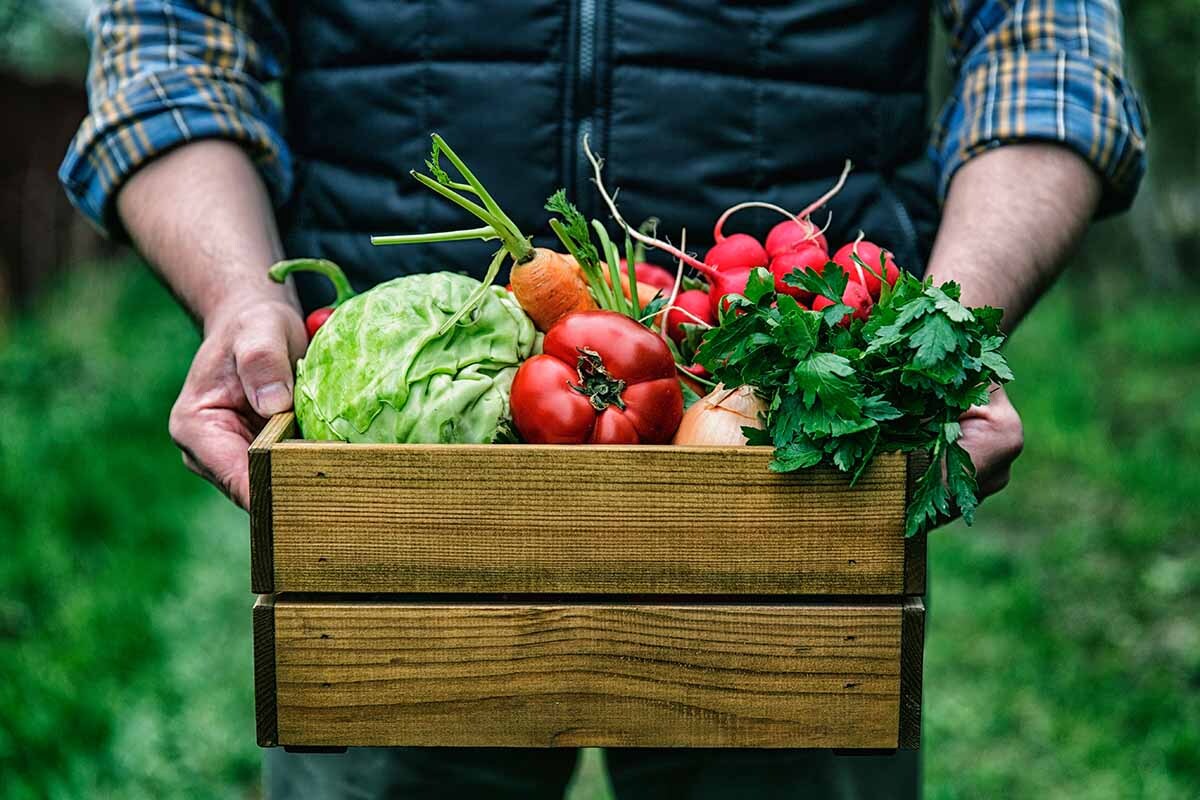
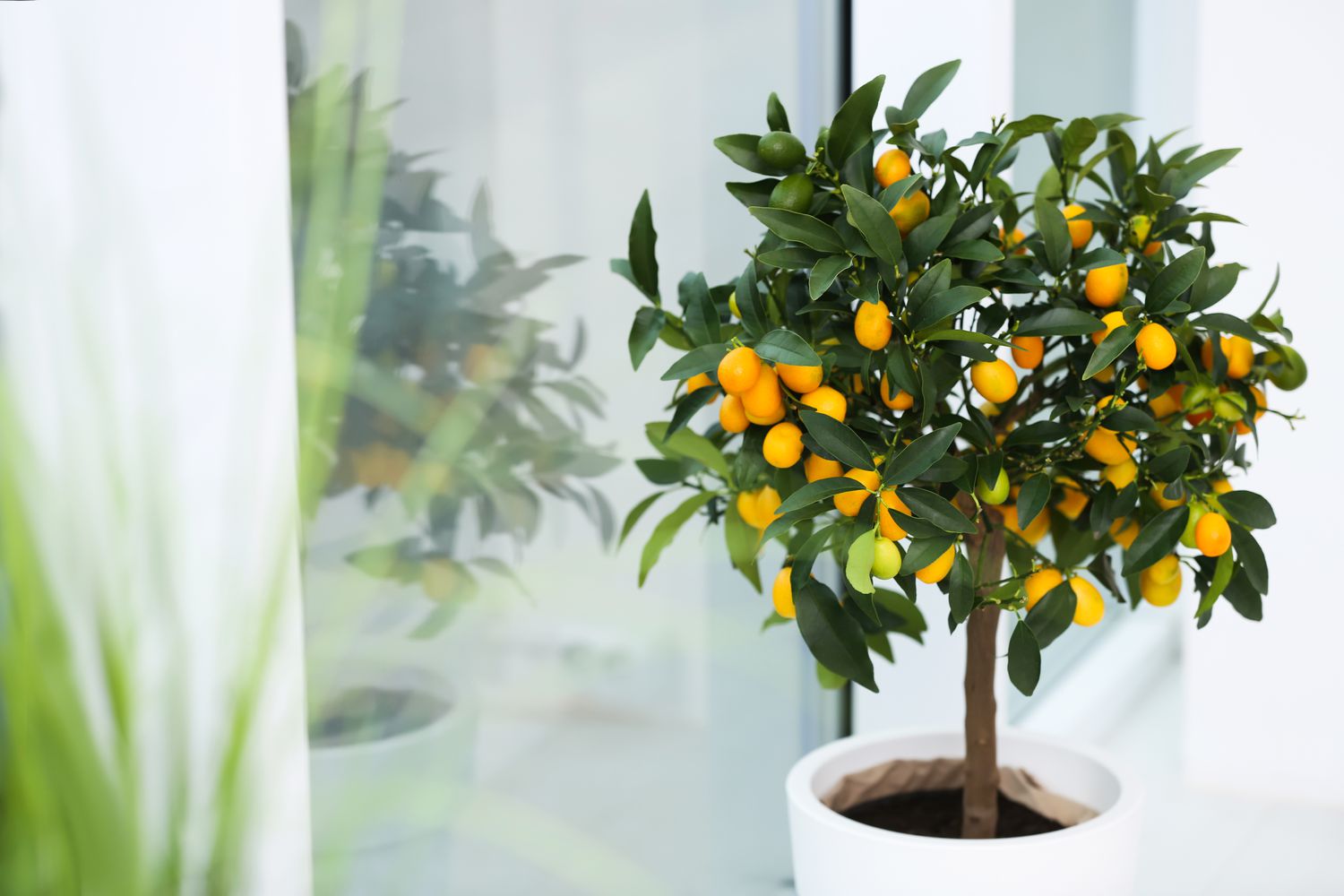

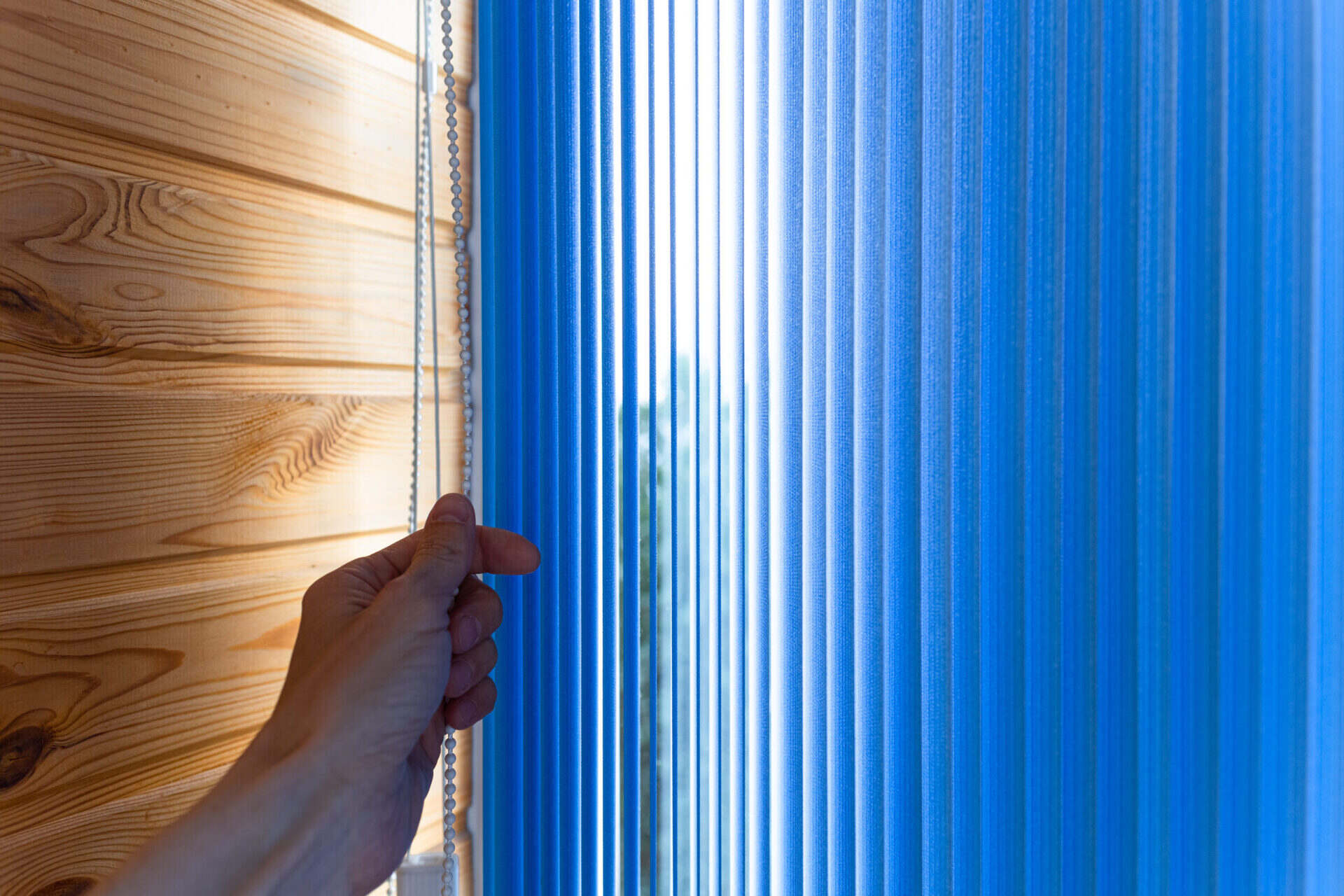
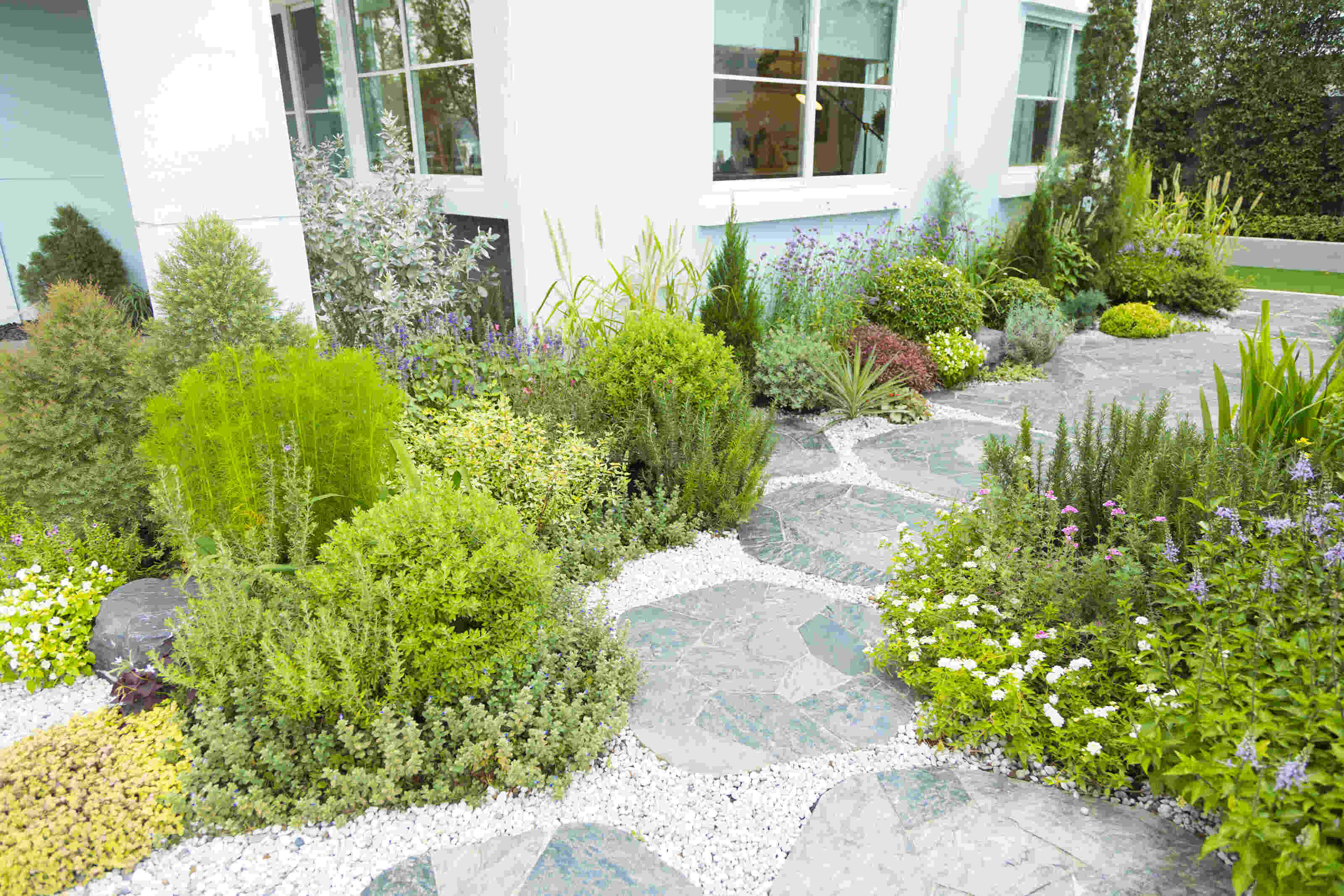
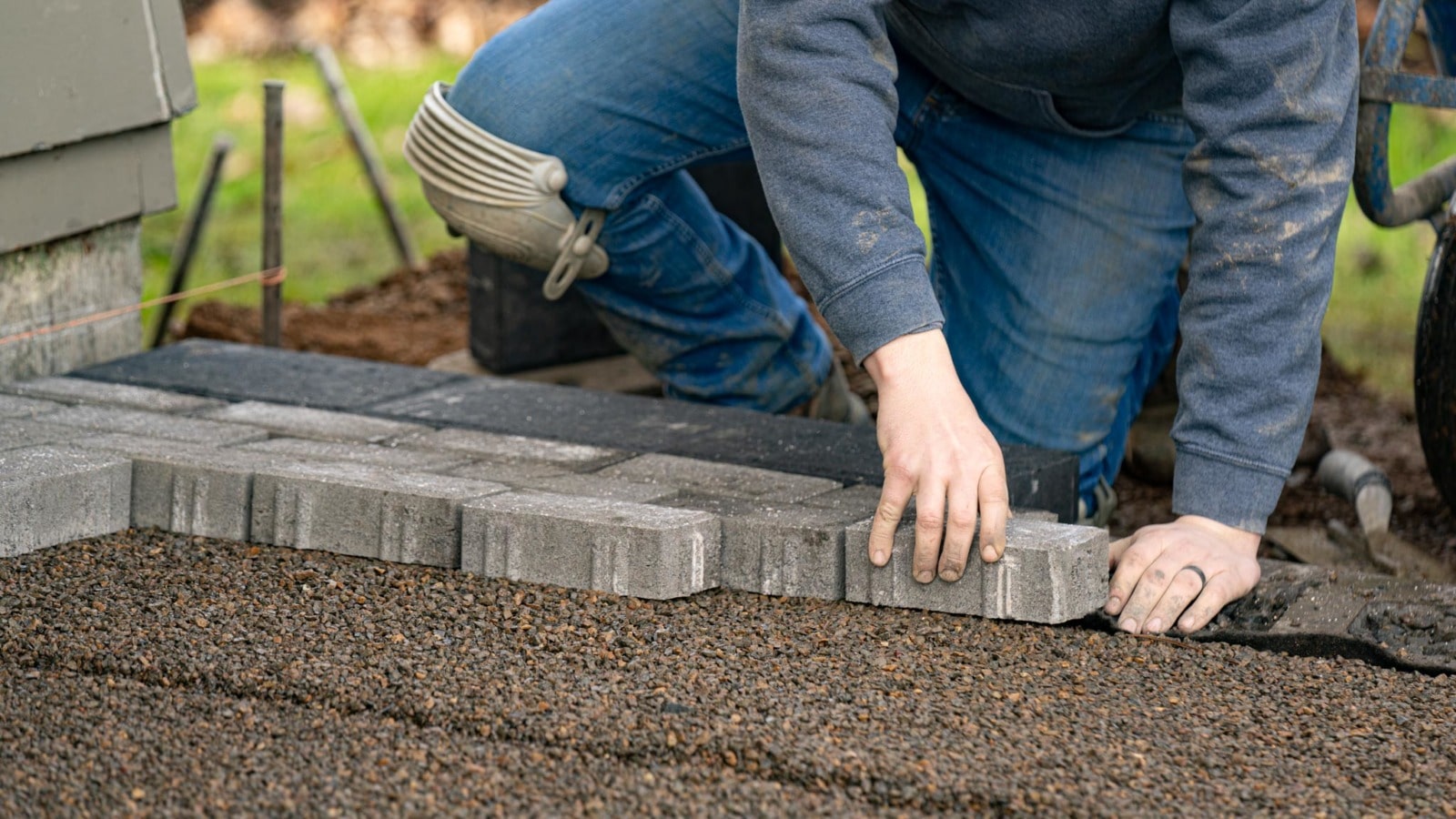
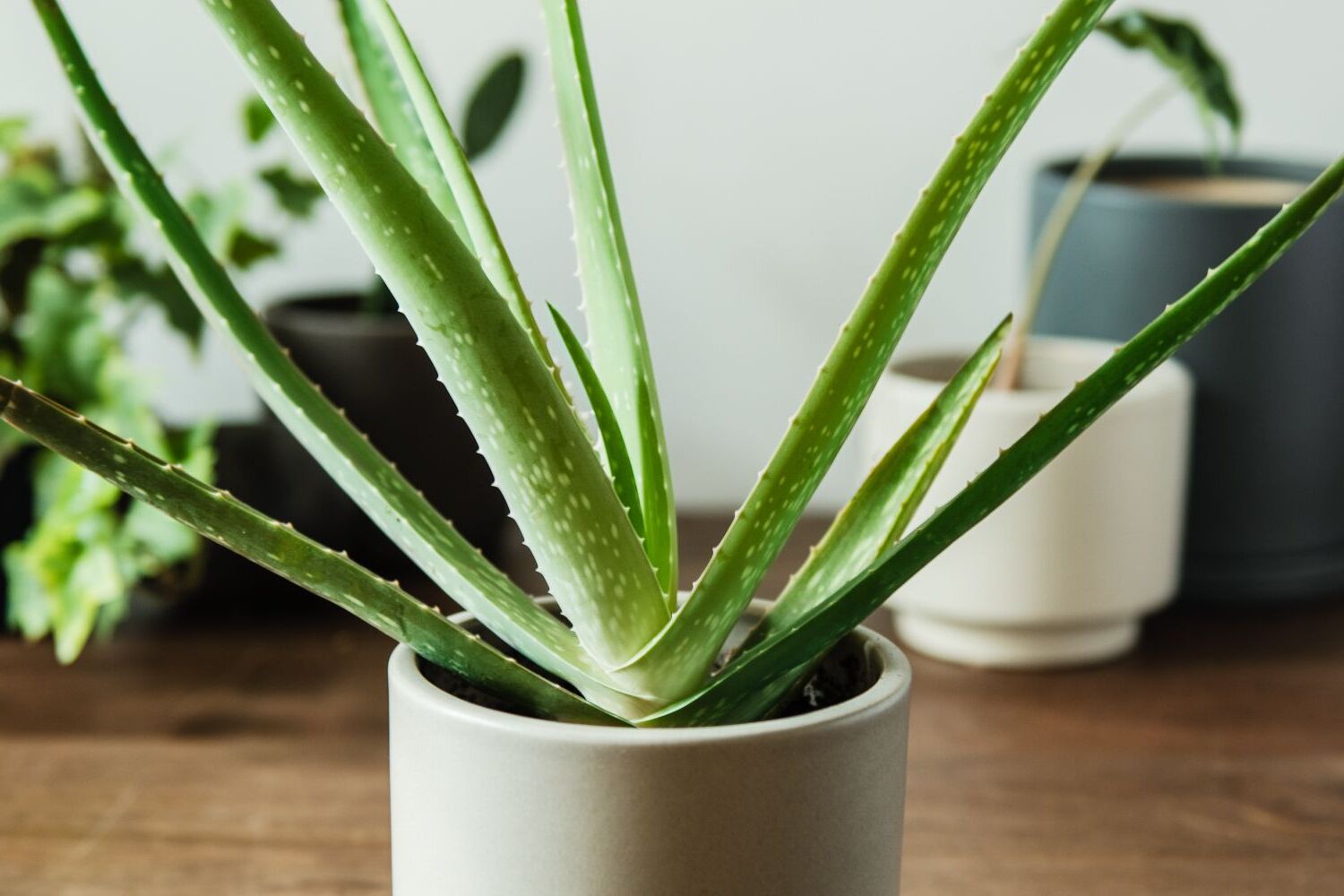
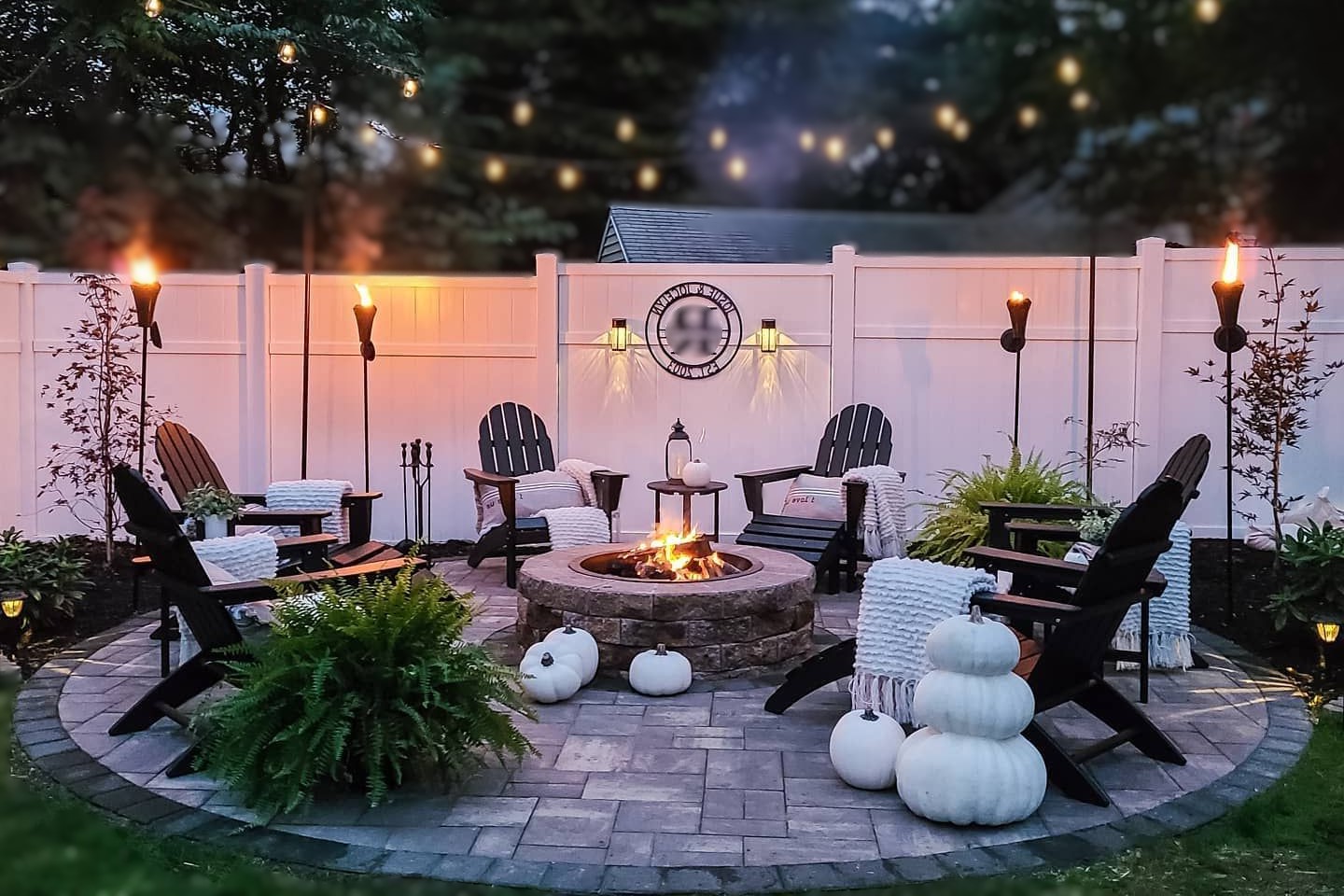


0 thoughts on “How To Grow Your Own Lavender For Relaxation”